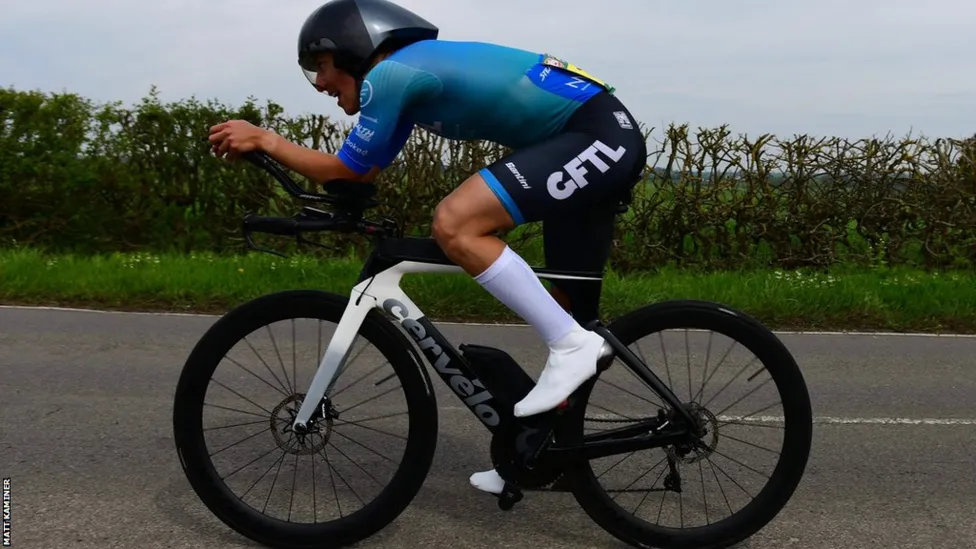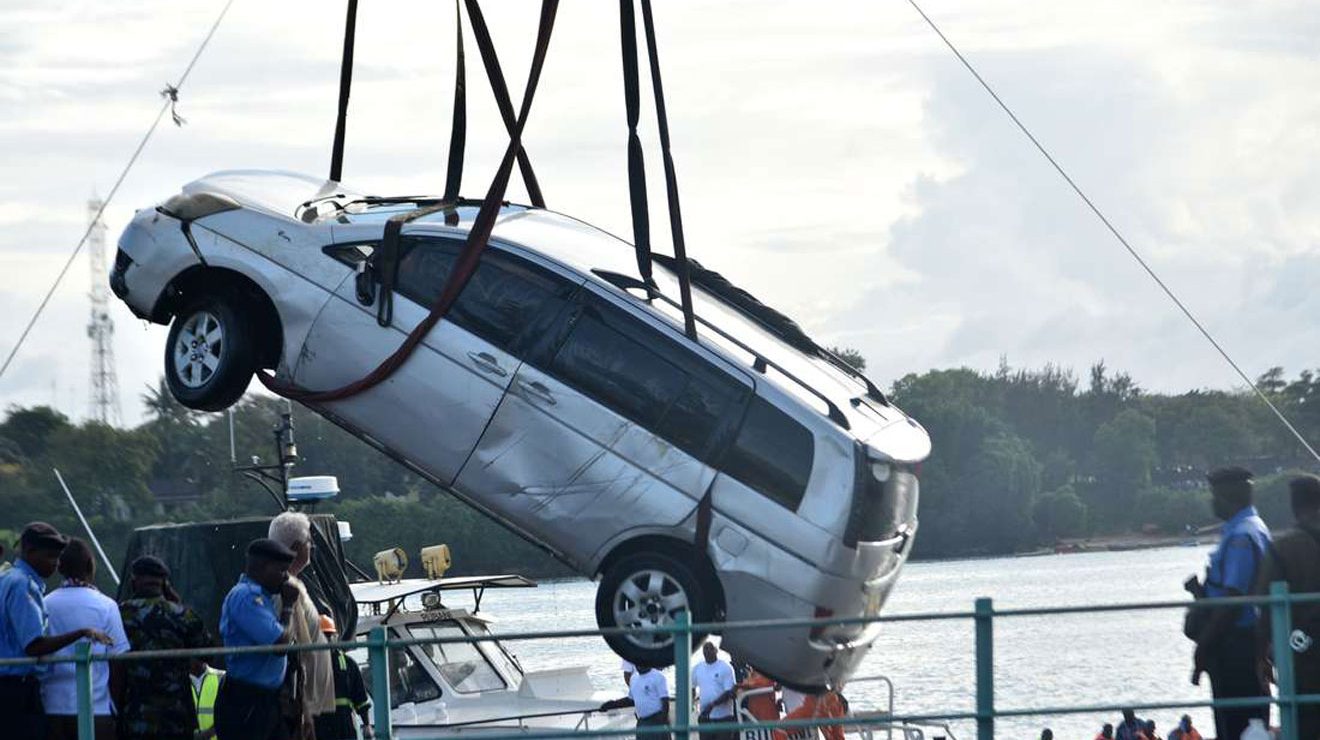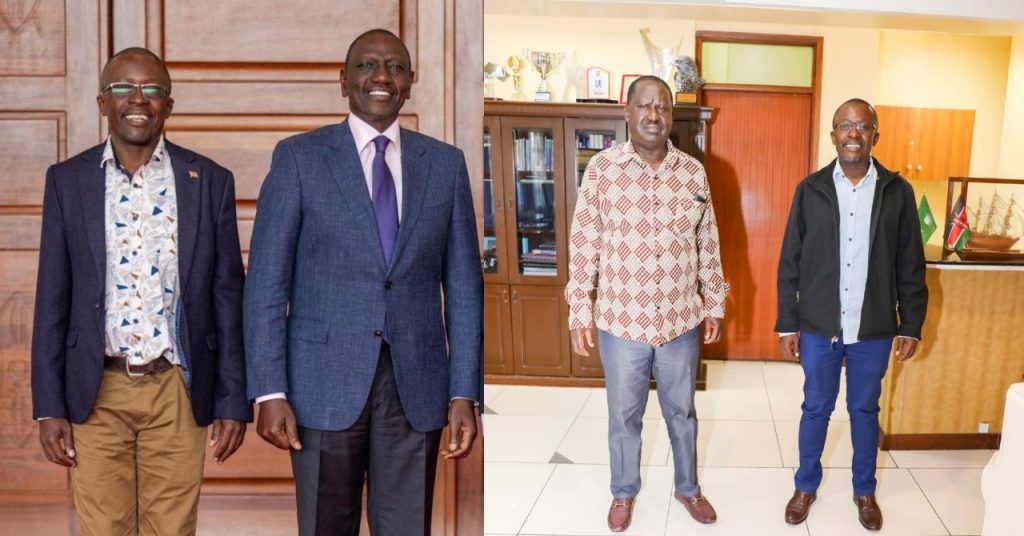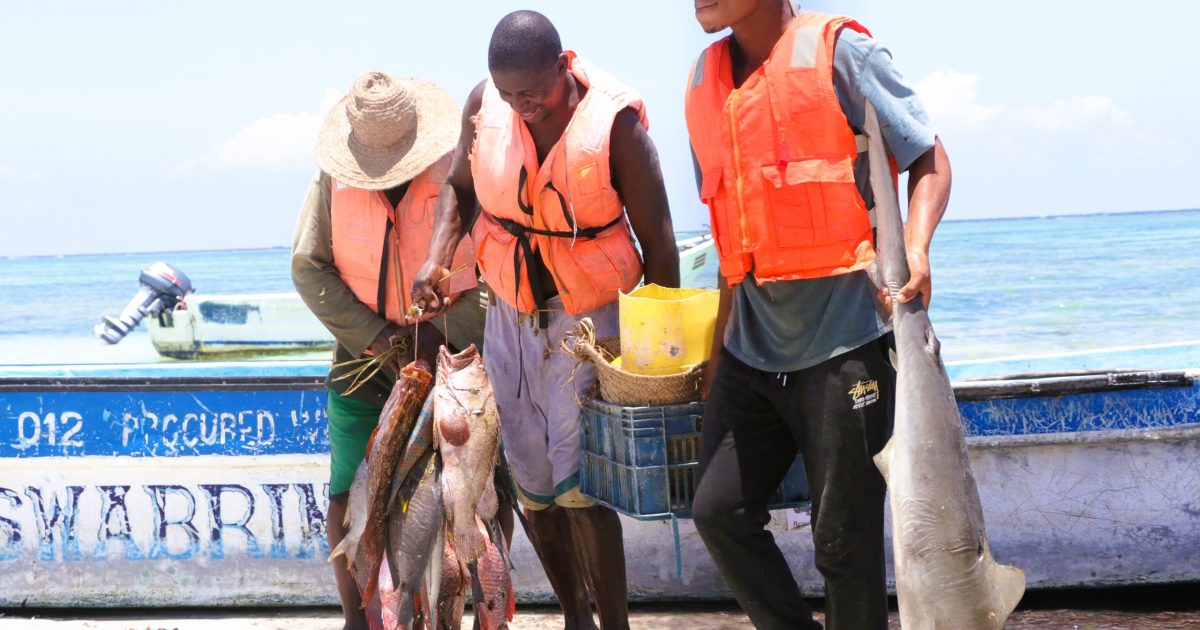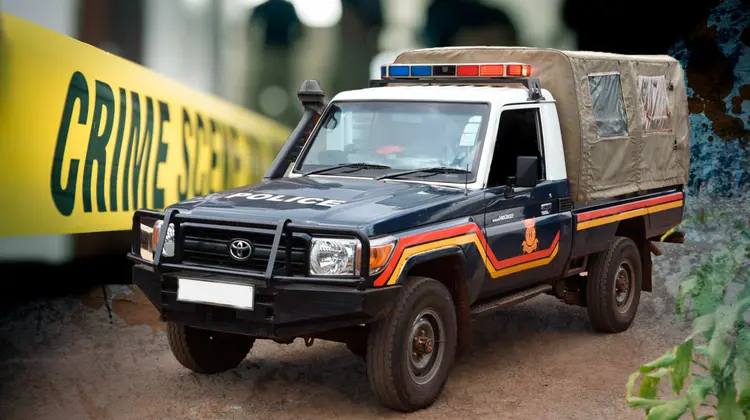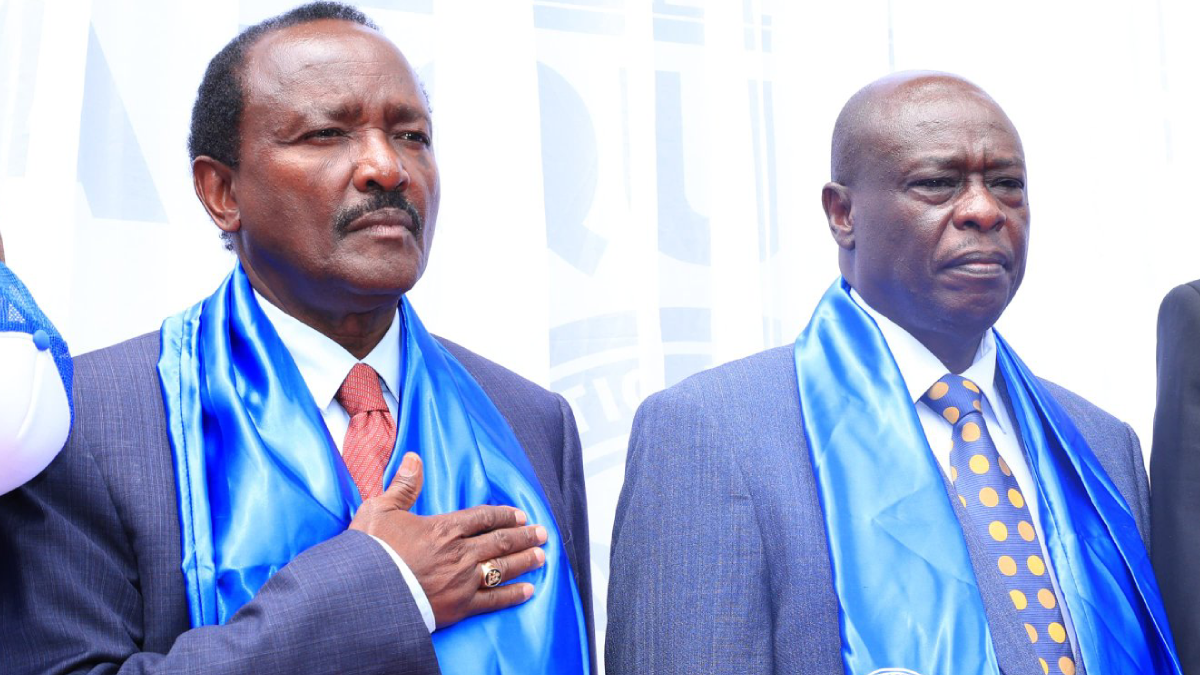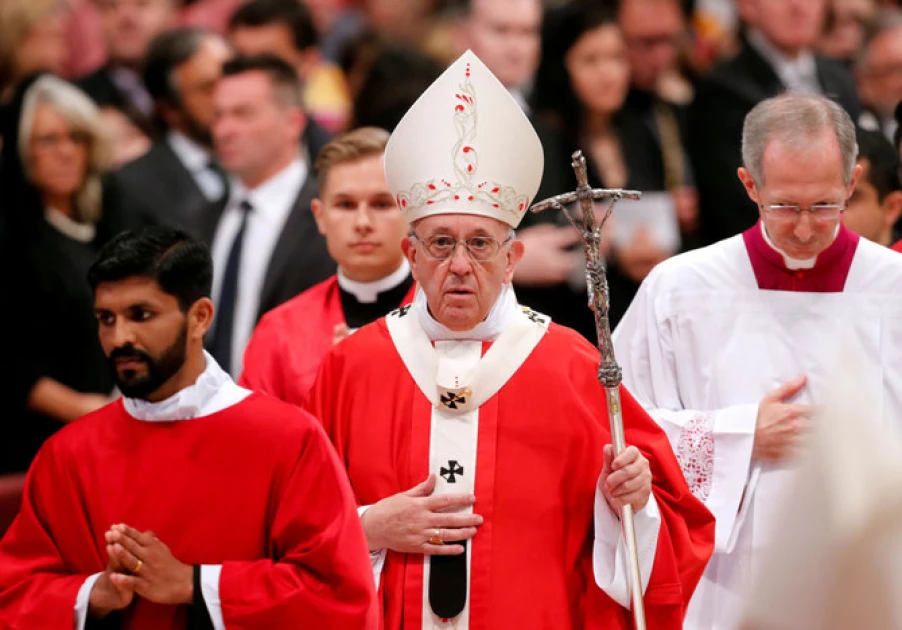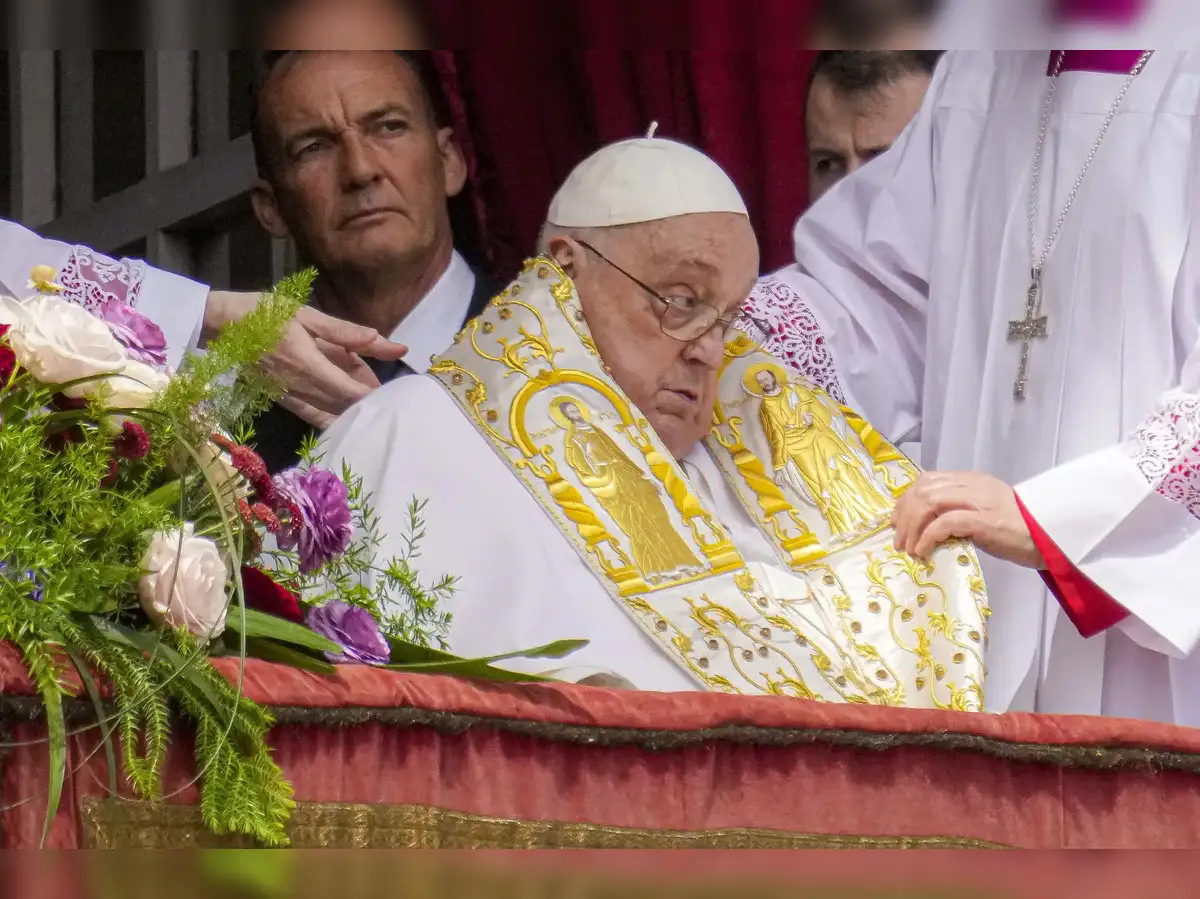Cyrus Oguna, the former government spokesperson and retired Colonel, recently opened up about one of the most tragic moments that left a lasting impact on him during his tenure,— the deaths of Mariam Kagwenda and her four-year-old daughter Amanda Mutheu in Likoni Ferry tragedy.
Speaking during a recent interview on Maskani 47 Show by Billy Miya and Mwalimu Mbaruk aired on Radio 47, Oguna said,
“There’s one thing I will never forget, like it or not. There’s this particular time in the year 2019 September towards the beginning of October, there’s one lady by the name Mariam Kigenda who was in Likoni Ferry with the company of her young daughter of around 4-5 years of age.

They died in the water, the vehicle they were boarding was on the Ferry when it slipped and fell in the water and just like that, that ended.
So everytime I ask myself, before she lost her life, did she have questions like ‘will I save my daughter first?’ or ‘will I save myself first?’
It’s a really really painful thing. And the problem is, it wasn’t an abrupt thing because the vehicle was just moving slowly as people watched her sink.
There’s also a video that shows when she was sinking, it’s something that inflicts alot of pain and it’s something that cannot be erased on my mind because everytime I visit Mombasa County, it just replays back.
I remember till date because when we got the body, that picture is stuck on my mind. I was there during that operation.
I also respect myself on one thing that I recall, we have this tendency especially we as journalists,
we take bad pictures and videos of such incidences, but on all these even if you searched anywhere, you won’t find them, this is because of the policies that we had set, in respect of the family,” he stated.
The Likoni ferry incident, which occurred on September 29, 2019, shocked the nation and left a deep scar on the collective memory of Kenyans.
For Oguna, who was the face of the government’s response during that time, the tragedy was a stark reminder of the urgent need for reforms in public transportation safety, particularly in ferry services.
The Tragic Incident
On that fateful evening, Mariam Kagwenda, 35, was driving her car aboard the MV Harambee ferry, crossing the busy Likoni Channel in Mombasa.
She had her young daughter, Amanda, in the car.
However, as the ferry approached the mainland side of the channel, disaster struck.
The vehicle suddenly rolled off the ferry into the deep waters of the Indian Ocean.
Eyewitnesses on the ferry watched in horror as the vehicle, with Mariam and Amanda still inside, submerged into the ocean.
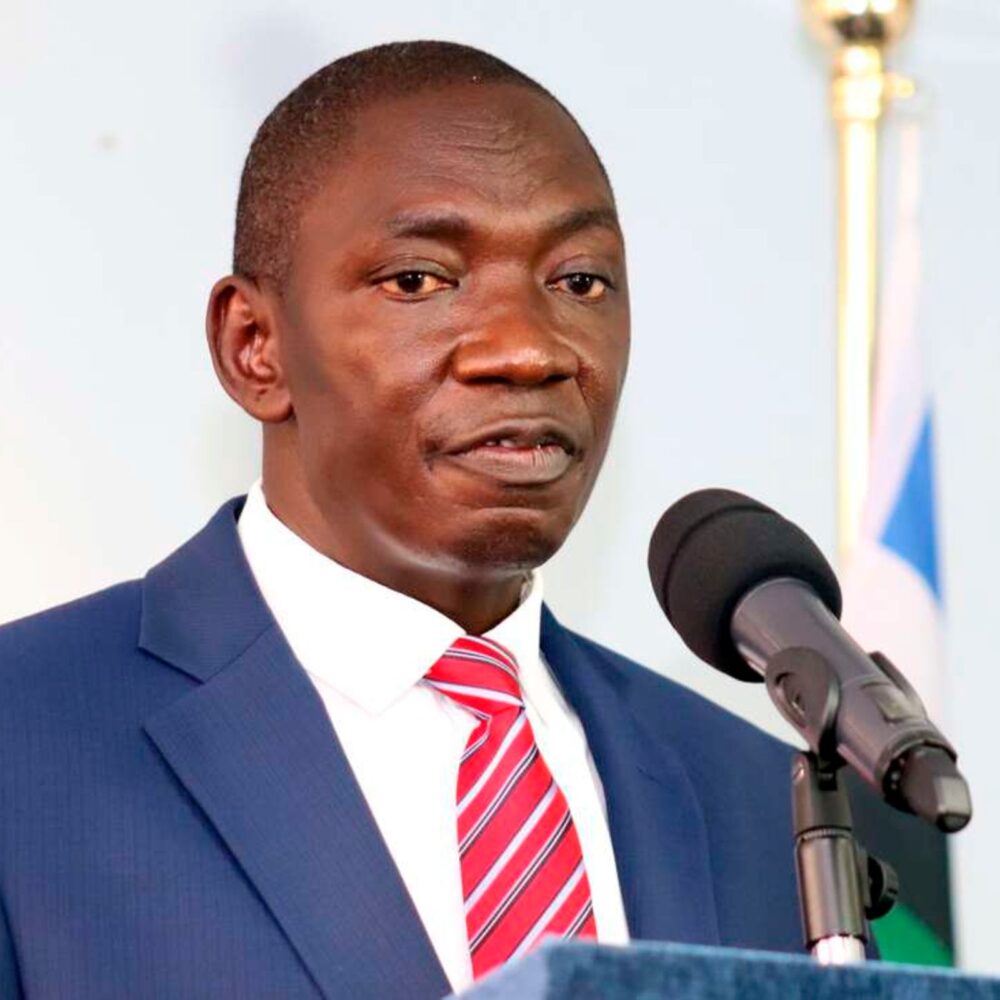
Despite immediate calls for help, the rescue response was delayed. Lacking the necessary equipment and preparation for such emergencies, the Kenya Ferry Services were slow to act, and Mariam and Amanda perished before they could be saved.
Public Outcry and the Strain on Oguna’s Role
As the government spokesperson, Cyrus Oguna was at the forefront of delivering updates to the public and addressing the growing frustration over the delayed rescue efforts.
He recalls the overwhelming criticism and anguish from Kenyans, who were deeply shocked by the government’s inability to respond promptly and effectively.
The rescue team’s efforts to retrieve the bodies of Mariam and Amanda took an agonizing 13 days, sparking widespread outrage and leading to questions about the safety protocols and preparedness of the Kenya Ferry Services.
For Oguna, the weight of the tragedy rested heavily on his shoulders, as he had to repeatedly reassure the public that everything possible was being done — even as it became painfully clear that the system was ill-equipped for such emergencies.

